Editor's note: On International Museum Day 2022, which falls on May 18, let's hear the stories of the restoration of temple-museums in Beijing.
Beijing, China's capital, has 204 museums, of which more than 10 are converted ancient temples. Unlike other temples, these are no longer places of religious worship. Rich in vestiges of the past, these temple-museums embody and illustrate history for visitors.
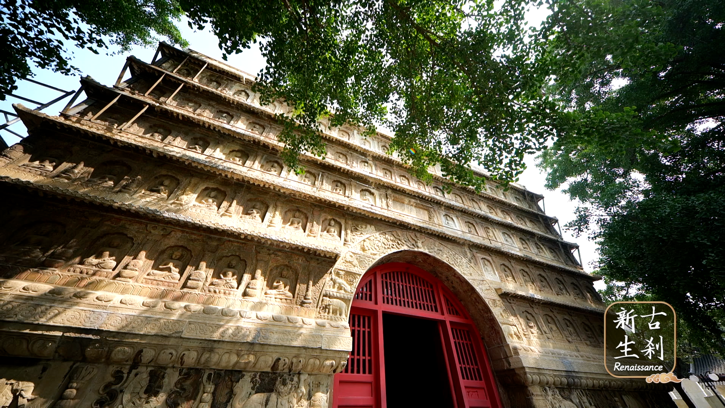
Pagodas of the Five-pagoda Temple.
Pagodas of the Five-pagoda Temple.
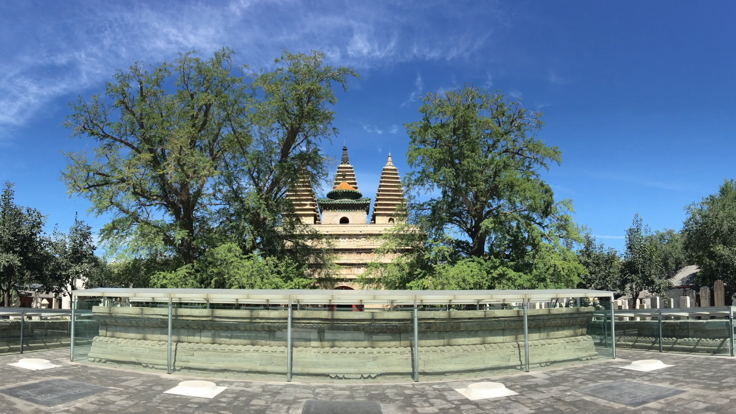
Pagodas of the Five-pagoda Temple.
Pagodas of the Five-pagoda Temple.
Ancient buildings need repairs, especially Chinese buildings. As they are wooden structures with painted surfaces, they are much less weather resistant than stone buildings. In restoring these ancient buildings, the Chinese craftsmen applied two principles: not to modify their original appearance and to intervene as little as possible, in order to preserve as much as possible the historical and cultural characteristics of these ancient structures.
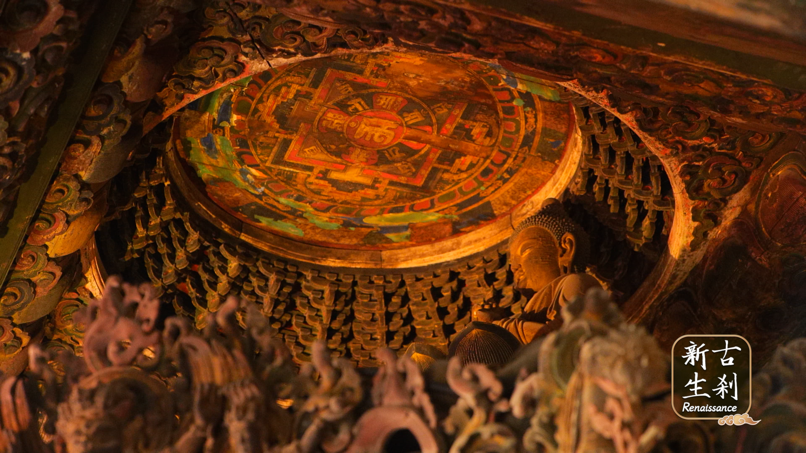
Zangdian Hall of Zhihua Temple.
Zangdian Hall of Zhihua Temple.
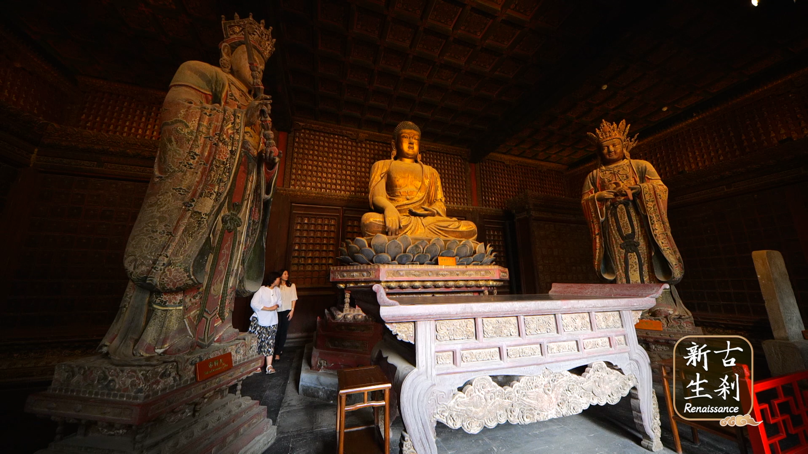
Zangdian Hall of Zhihua Temple.
Zangdian Hall of Zhihua Temple.
For the restoration of tiled roofs, each tile must be removed and the thick layer of mud that was stuck to it must be removed. "We preserve everything that can be preserved in order to reuse it," said Wang Dan, curator of the Beijing Museum of Art. "Some statuettes on the roof are intact, so there is no need to replace them. We keep them and put them back in place when the work is finished. In case a column is rotten, we have to resort to the so-called dunjie method, a traditional technique for restoring ancient wooden buildings. It consists of replacing the rotten part with new wood to ensure the structural function of the column. However, if more than a third of the column is rotten, this cannot be done, as this would weaken it. We have used this dunjie method for columns many times."
Gao Lianfang, an expert in the restoration of old buildings, said that to properly restore the columns, "we have to strip the wood and drive in bamboo nails. They primarily play a supportive role and reduce the effects of thermal expansion and contraction. The next step is to fill the gaps with small pieces of wood and a mixture of putty and other materials. After that we still have to put putty to seal the cracks. Then we wrap several layers of hemp and different ashes. Finally we have to put raw aleurite oil and red paint."
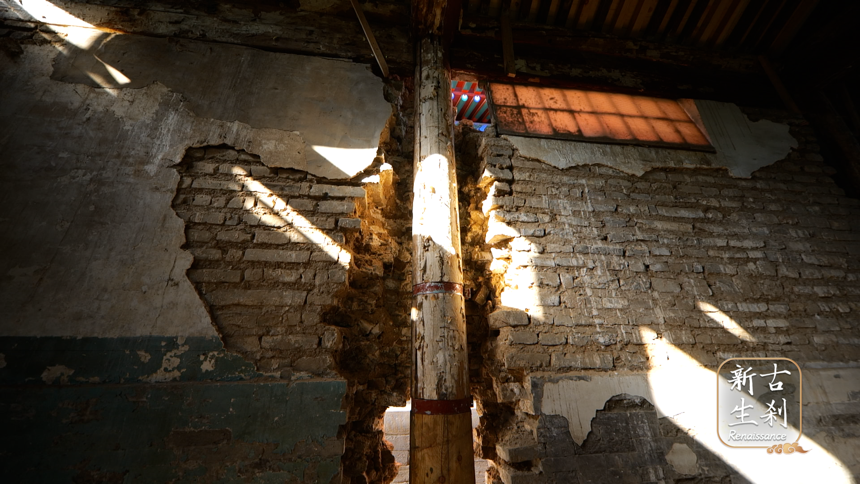
Dunjie method applicated to column rotten.
Dunjie method applicated to column rotten.
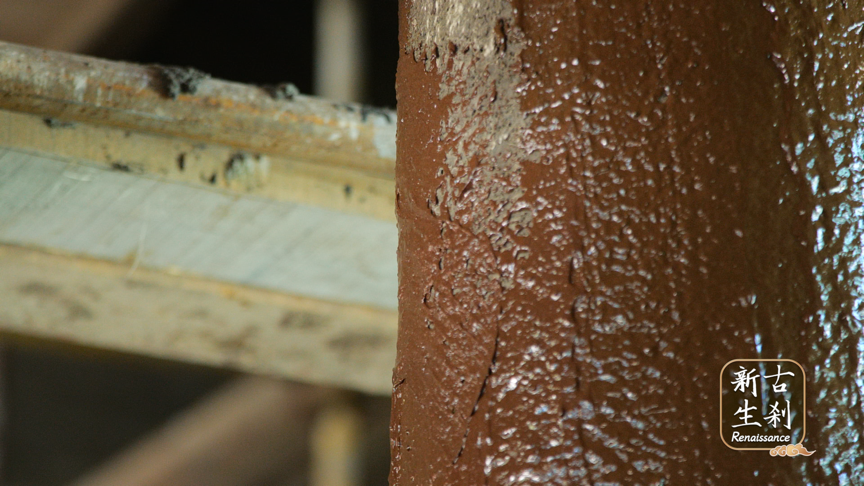
Raw aleurite oil on column.
Raw aleurite oil on column.
The temple-museums are very representative of the ancient architecture of Beijing. They must be protected and passed on to future generations, because outstanding traditional culture is the root of the heritage and development of a country and a nation, and the fine traditional Chinese culture represents the profound pursuit of the Chinese nation, according to Gao.
(All photos via CGTN)

Paintings on beams of Wanshou Temple.
Paintings on beams of Wanshou Temple.

